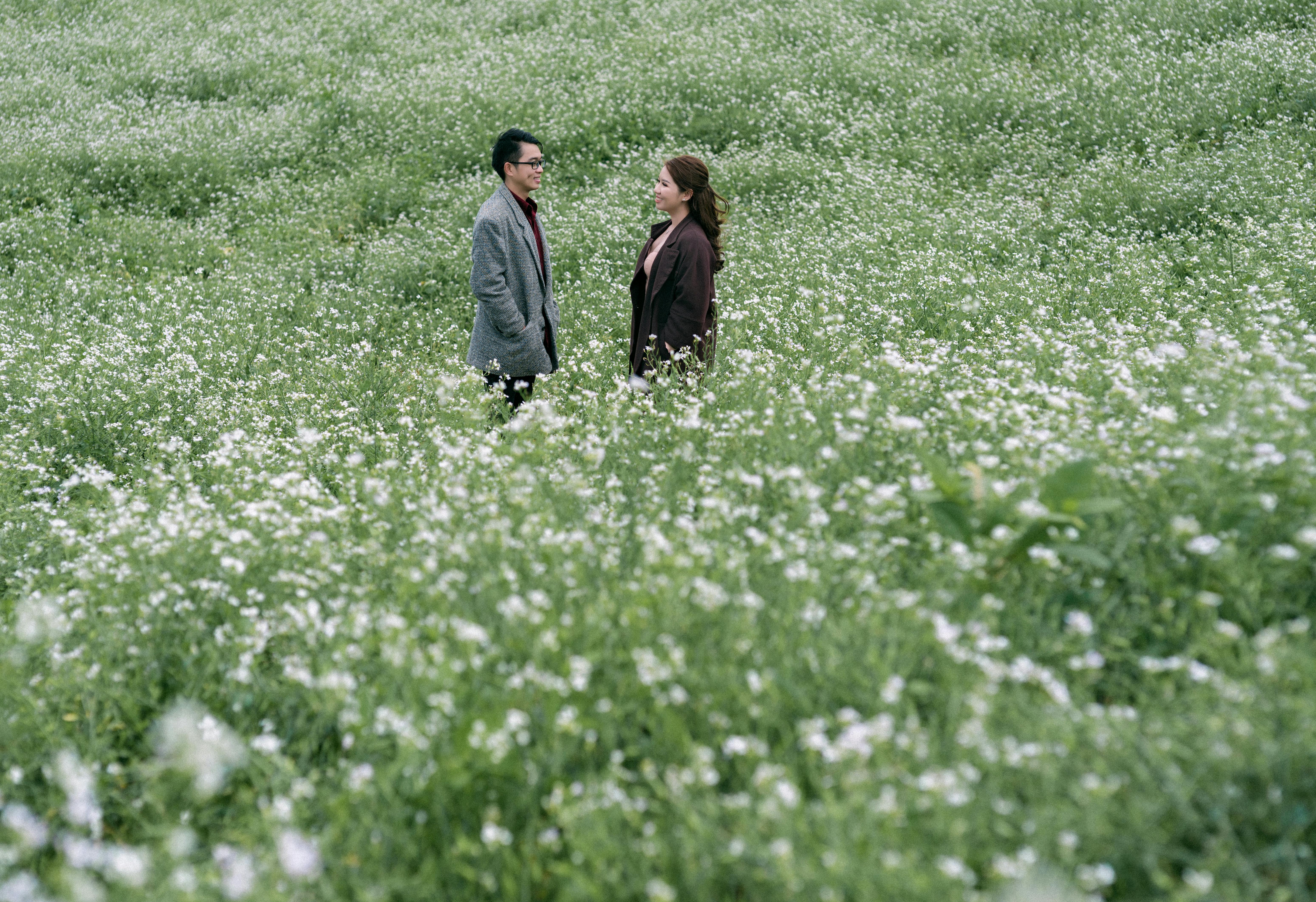The Lion King is an ideal movie for students studying natural science. It has the application of several concepts that are addressed in the classroom, in particular the relationship between different organisms and their environment.
The film introduced the nature of the strongest nest of consumers and predators to man in the Animalia Kingdom: the lion. In the movie, he was portrayed by Simba, Mufasa’s heir, as the king of Pride Rock. The lion is considered the boss in its habitat because, apart from its large size, thunderous roars, and regal appearance, it is apparently the most physically powerful among all other organisms. Thus, Simba inherited the entire kingdom of Pride Rock, covering “everything the light touches.”
The Lion King showed the caring Simba as outgoing by nature, befriending other organisms like Pumbaa and Timon, and showing kindness to those who deserve it. In the real-life setting, however, lions are only friendly to their fellow species, specifically the members of their group called a pride. The film showed that this unit was part of a family like Simba and his friend Nala. Because male lions roam until they are fully grown, challenging a few males in the pride from another territory and taking over that area once they win, lionesses actually dominate a pride.
Living a sedentary existence by settling in a specific area where food and water abound, lions claim the lives of weaker animals that belong to a different group, such as antelope, zebra, and buffalo, as demonstrated in the movie. After feasting on a sumptuous meal, these carnivores relax for several hours, after which they return to their innate hunting lifestyle.
Another concept that is presented in the film is that of a tropical grassland or savanna. Pride Rock, which is the location of the film, is an example of this dry, grassy plain. The movie showed this type of biome which is tropical in nature and is much drier than rainforests. Specifically dominant on the African continent, rainfall in the savannas is highly seasonal and is generally followed by long periods of drought. This nature makes them sparsely populated by trees that only grow where there are deep cracks on the surface or in the deep soil, allowing contact with the water below. Palm trees, fruit trees and extensive pasture coverage are present as producers. They provide food for the animal inhabitants, which in the film are lions, antelopes and zebras. The conflagrations that broke out in the film occur naturally in the real-life setting. This phenomenon maintains plant life and stimulates the growth of grasses.
The concept of the savannah discredits the usual reference to lions as “kings of the jungle”, as these robust carnivores do not prefer to live in the jungle but in open forests where trees are not abundant. The Lion King demonstrates the fact that lions tend to live in savannas because they appreciate cool weather. Above all, running behind and catching their prey is less difficult for them because of their brownish-yellow fur that allows them to camouflage themselves in dead grasses that are similar in color. (Sheena Ricarte, Natural Sciences class 13, De La Salle-College of Saint Benilde, 2004).


